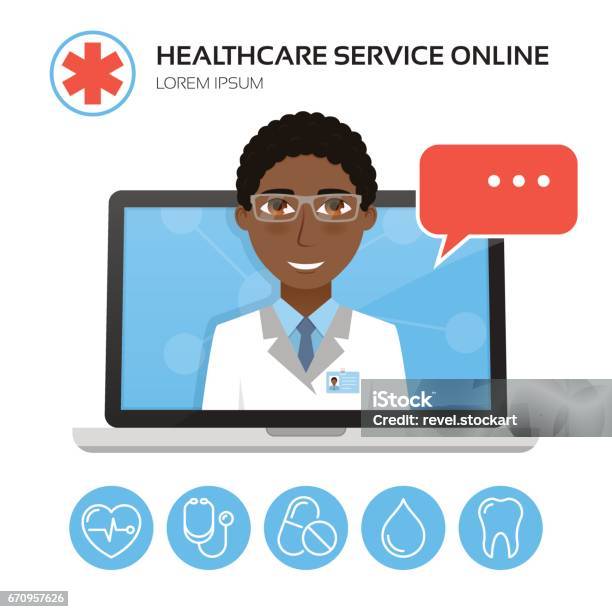Why Subscription Based Healthcare is Acquiring Appeal Among Patients Today
Why Subscription Based Healthcare is Acquiring Appeal Among Patients Today
Blog Article
Understanding the Cost-Effectiveness of Subscription-Based Medical Care Designs
As the medical care landscape develops, subscription-based versions become a compelling choice, assuring to redefine how individuals take care of medical costs. Reviewing these models' cost-effectiveness necessitates a nuanced contrast with typical insurance policy, considering both monetary ramifications and patient satisfaction. While they offer transparency and predictability in costs, questions stay about their capability to satisfy diverse medical care needs, especially for specialized therapies. The perspectives of healthcare providers better complicate this formula, presenting a multifaceted challenge. What does the future hold for these models, and can they really deliver on their pledge of easily accessible, budget-friendly treatment?
Review of Subscription-Based Versions
Subscription-based medical care designs, occasionally described as direct key care or attendant medication, are increasingly getting focus as a possible option to ineffectiveness within traditional medical care systems. These versions run on the concept of offering people straight accessibility to health care carriers through a yearly or month-to-month fee, bypassing the requirement for traditional insurance coverage mechanisms. This setup aims to streamline patient-provider communications by decreasing management concerns, which often prevent personalized and prompt care.
At the core of subscription-based designs is the emphasis on a much more personalized person experience. Clients take advantage of boosted accessibility to their doctors, commonly including next-day or same-day consultations, extended consultation times, and straight communication networks such as phone or video telephone calls. This model cultivates a proactive approach to healthcare, where individuals and suppliers can collaboratively focus on preventative care and persistent disease monitoring.

Expense Contrast With Standard Insurance

Among the key financial advantages of membership versions is transparency in prices. Clients pay a predictable fee, which can simplify budgeting and financial planning. In addition, these versions normally remove co-pays and deductibles for covered services, decreasing out-of-pocket spending. Conversely, standard insurance might be much more beneficial for people calling for specialized treatment or costly treatments not covered under a registration version, as they profit from the wider coverage network and cost-sharing mechanisms.
However, cost-effectiveness is context-dependent. While membership designs may offer cost savings for those largely requiring key treatment, individuals with chronic conditions or specialized health care demands might find traditional insurance policy much more detailed. Consequently, evaluating specific medical care requirements and potential usage is essential in establishing the most affordable choice for individuals.
Impact on Patient Complete Satisfaction
Patient satisfaction within subscription-based medical care models frequently mirrors a considerable improvement over conventional insurance coverage systems. This enhancement is largely credited to the individualized treatment and ease of access these designs use. Individuals often report higher contentment as a result of decreased wait times and the ease of organizing appointments. Unlike traditional systems, where clients may experience hold-ups in getting care, subscription-based designs make certain even more straight and prompt interactions with health care service providers.
Additionally, the openness in expenses connected with subscription-based healthcare minimizes the common disappointments connected to unforeseen costs and complex payment processes seen in traditional insurance policy (subscription based healthcare). Patients appreciate knowing the specific monetary dedication upfront, bring about increased trust fund and confidence in their healthcare administration
Furthermore, the emphasis on preventative treatment and wellness in registration models adds to enhanced wellness end results, even more improving patient fulfillment. By concentrating on continuous health and wellness upkeep instead than anecdotal treatment, people experience a more constant and alternative healthcare trip.
Additionally, the boosted provider-patient partnership fostered in these versions, defined by even more time invested per client and individualized focus, plays a crucial function in boosting patient recommended you read complete satisfaction levels, as individuals feel truly cared for and comprehended.
Service Provider Viewpoints and Experiences
From the service provider's point of view, subscription-based medical care models offer a transformative method to supplying clinical solutions. These models highlight a preventative and proactive healthcare approach, permitting companies to focus on comprehensive person care without the constraints of traditional fee-for-service arrangements (subscription based healthcare). This shift in focus usually results in boosted patient results and raised next copyright fulfillment, as healthcare experts can assign even more time and sources to client interaction and individualized care plans
In addition, membership models promote foreseeable income streams, which boost monetary stability for doctor. This predictability enables improved source preparation and appropriation, adding to a more reliable health care delivery system. Providers can spend in staff modern technology, training, and framework enhancements, therefore boosting the top quality of care provided.
Nevertheless, the shift to subscription-based models is not without challenges. Suppliers need to adjust to new operational frameworks, which can include considerable adjustments in invoicing practices and person administration systems. Additionally, there is an integral need for durable information administration to track individual outcomes and make sure top quality treatment. Regardless of these obstacles, many companies find that the advantages of increased patient communication and structured procedures exceed the first challenges, making subscription-based models an appealing option.
Future Prospects and Challenges

A key obstacle is regulative compliance, as registration designs should stick to advancing health care plans and insurance policy demands. This necessitates continual adaptation and advancement to ensure placement with legal criteria. Furthermore, integrating these versions into existing medical care facilities can be intricate, requiring significant financial investments in innovation and training.
There is additionally the possible risk of developing inequities in medical care access, as registration models may favor those that can afford them, leaving at risk populaces underserved. Addressing this calls for thoughtful consideration of rates techniques and aid mechanisms to guarantee inclusivity.
Verdict
Subscription-based health care versions present a feasible choice to conventional insurance policy by supplying economic predictability and transparency, particularly benefiting people with chronic problems or regular medical care demands. The cost-effectiveness of these versions is contingent upon individual health care use patterns and circumstances. While they may improve person satisfaction and enhance budgeting, difficulties continue to be in addressing specialized care requirements. Future factors to consider consist of stabilizing comprehensive coverage with affordability and integrating these designs within the wider medical care system for ideal outcomes.
Subscription-based medical care versions, in some cases referred to as straight primary care or concierge medication, are increasingly gaining interest as a prospective service to inefficiencies within traditional medical care systems. Unlike conventional systems, where individuals could experience delays in receiving treatment, subscription-based versions make sure more direct and prompt communications with health care carriers.
These designs emphasize a positive and preventative healthcare approach, enabling service providers to concentrate on detailed client treatment without the restrictions of conventional fee-for-service setups. As these designs continue Check This Out to get traction, they provide the possible to reinvent patient accessibility to care, improve solution shipment, and maximize health care investing.Subscription-based health care versions provide a viable option to typical insurance policy by providing monetary predictability and transparency, especially benefiting people with chronic problems or constant health care demands.
Report this page